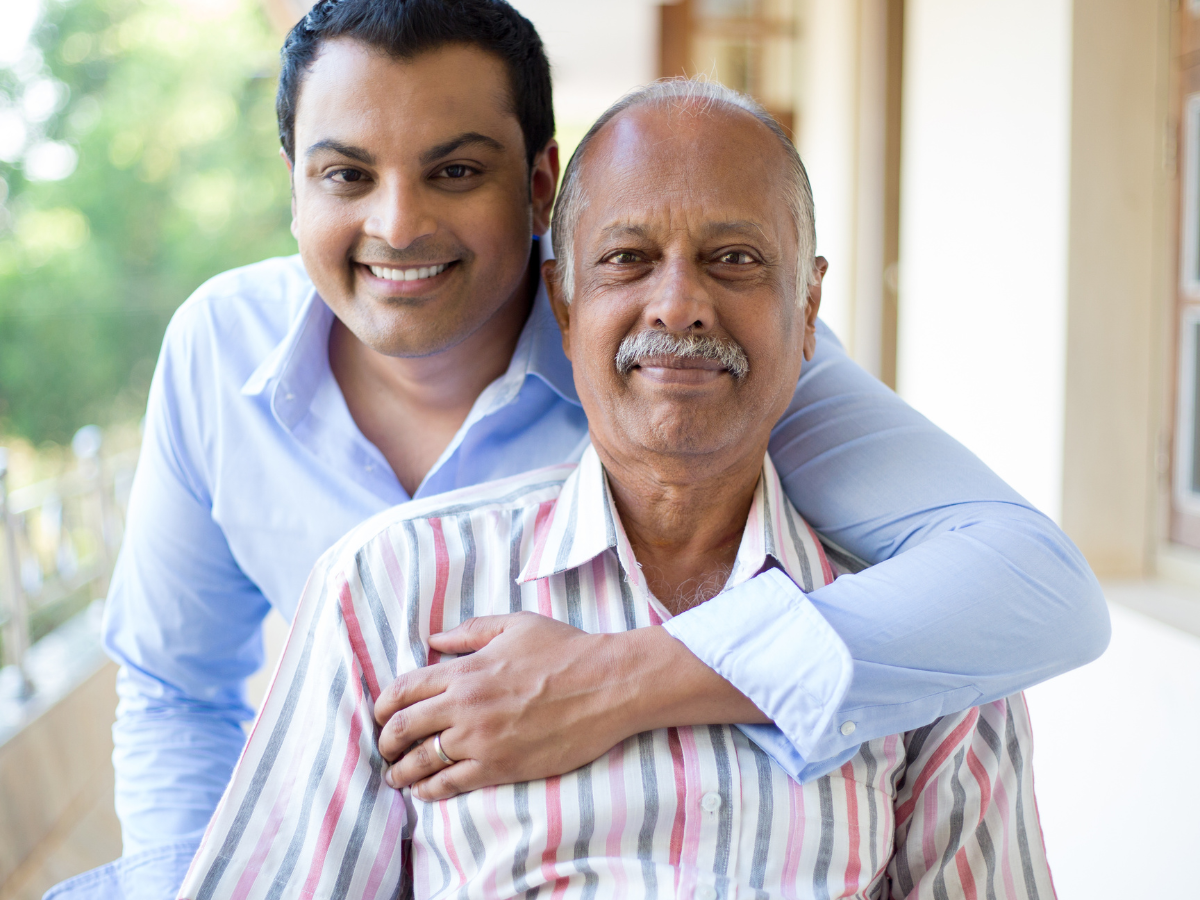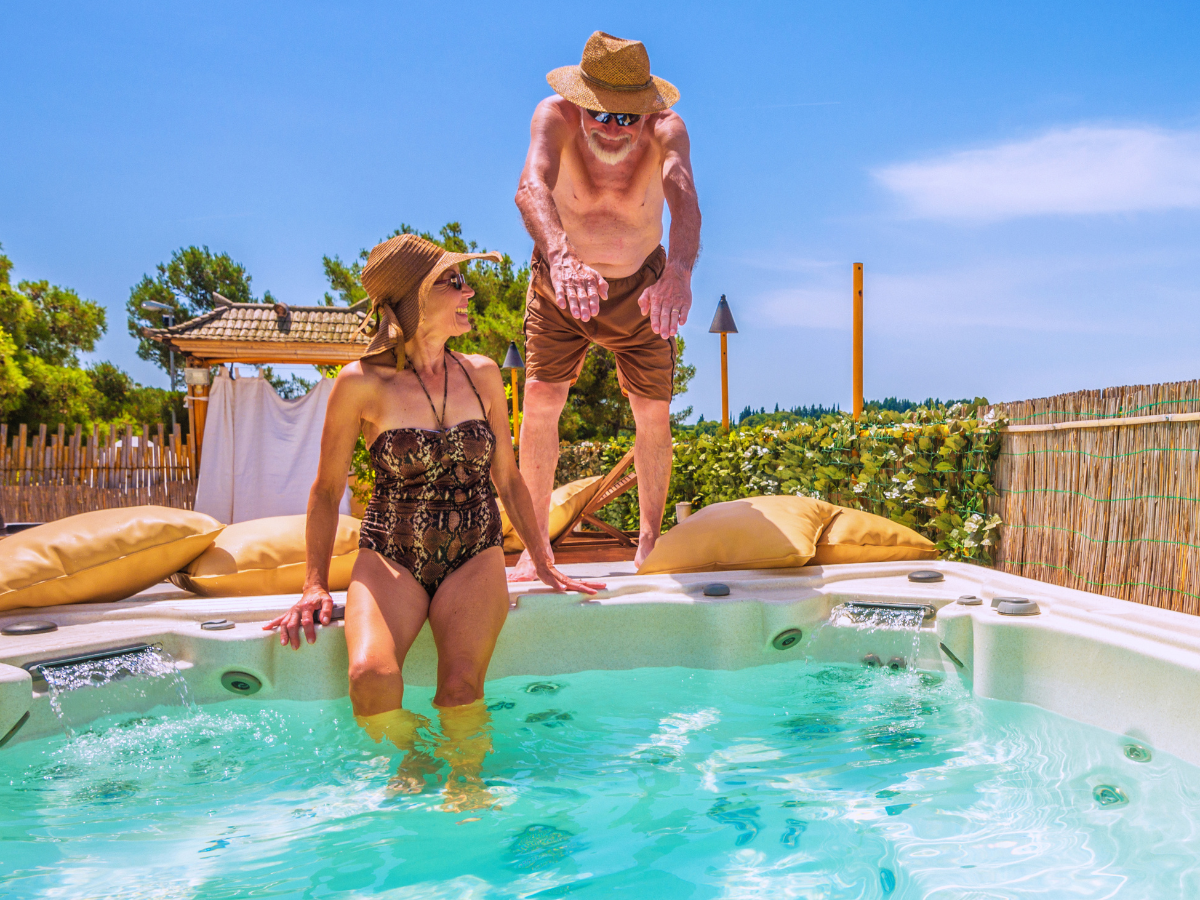As we age, many of us get a little less steady on our feet. As a result, it’s not uncommon to see our elderly loved ones use walkers and canes to help them keep their balance. And while these mobility solutions enable seniors to safely walk from place to place, they don’t necessarily help with a particularly difficult household task climbing the stairs. Needless to say, walking a flight of steps can be difficult for someone with mobility issues.
This is especially true if that person is a senior citizen who may be prone to slips and falls. As Stephanie Clarke points out on SeniorsMatter.com, the Centers for Disease Control (CDC) report that more than half of all falls happen inside the home “and another study takes it further, claiming that between 10 and 15 percent of those falls occur on stairs.” Making the stairs in your home as safe as possible is of paramount importance for its elderly inhabitants.
What can you do to make the stairs in your home safer?
Some would argue that it all starts with visibility. Offering your elderly loved one a lighted path helps him/her to locate a firm grip of the handrail, avoid any obstacles and see each step during ascension. Visibility can be aided with night lights at the tops and bottoms of the stairs, but as the Public Health Agency of Canada advises, you should install lights and switches to ensure that all of your stairways are well lit.
“By adding additional lighting to the staircase, you will be providing the best resource for the senior in your life to be able to make better hand and foot placement choices,” adds Clarke, “If adding more light fixtures is not a viable option at the moment, color coded safety strips on each stair can help provide a similar effect; particularly on the first and last steps of the staircase. The first and last steps are a very common step for a fall to occur because they are simply missed.”
How important is the structure of the stairs when considering safety?
As you’ve likely surmised, it’s very important to ensure that the composition of your steps has safety in mind. Some hardwood steps are considered to have slippery surfaces. However, even those with carpeting can produce hazards that increase the risk of falls. Clarke suggests that you “replace any high fibre carpet known to be slippery with a tightly woven carpet with short fibres.” She also recommends putting in backs to “open backed” stairs as they cause visual distractions that worsen perception.
The Public Health Agency of Canada also champions the repair of uneven surfaces, cracks, bunched-up stair-coverings and protruding nails. They also recommend painting contrasting colours on the edges of wooden or concrete steps to enhance their visibility. Not surprisingly, the Public Health Agency of Canada also advocates handrails. “There should be a handrail on at least one side of all stairways,” notes their website, “The height should allow you to use it comfortably when your arm is slightly bent at the elbow.”
What is the safest way to get a senior with mobility issues up and down the stairs?
At Advantage Home Health Solutions, we proudly offer stair lifts as mobility solutions for individuals who have trouble ascending and descending stairs. Thanks to their long list of safety features, stair lifts promise their users risk-free access to the various levels of their homes.
If you have any questions about the stair lifts that Advantage Home Health Solutions has to offer, please don’t hesitate to contact us to ask them. Give us a call at 403-460-5438. You may also email us by filling out the form on our Contact Us page!



